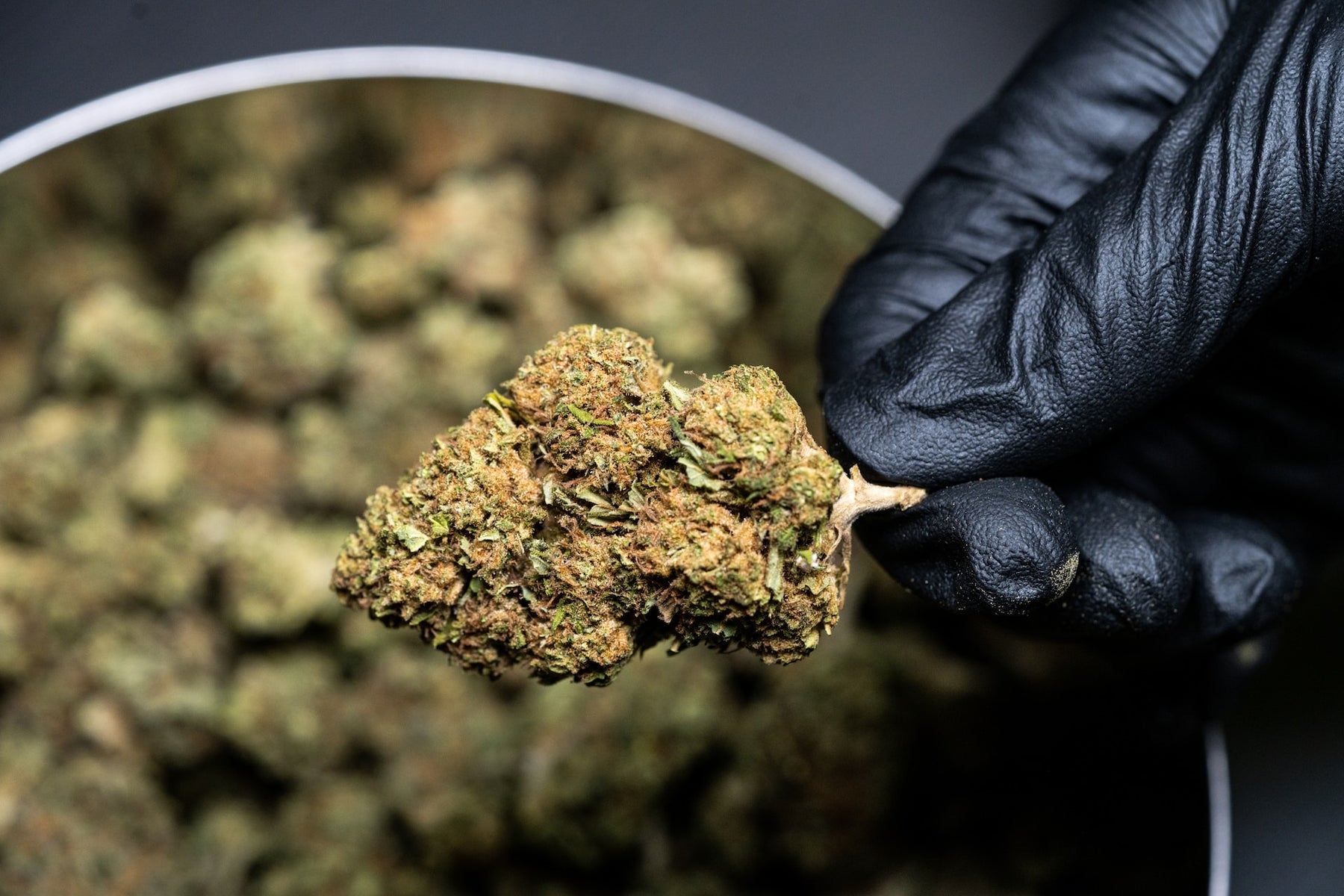(858) 224-9100

Cannabis Testing Guide: Sample Preparation and Analytical Method for Potency 🌿
Greetings, laboratory professionals! Today, we delve into the process of potency testing by High-Performance Liquid Chromatography (HPLC) in cannabis flower. This guide will provide you with a step-by-step walkthrough, ensuring you have a thorough understanding of the process. Let's begin.
Step 1: Homogenizing the Sample 🧪
The first step in testing for cannabis is to homogenize your sample. This means you want to smash the sample into little pieces to ensure that no matter what you sample, it's a good representative sample of the rest of the batch. This is crucial because it ensures that the sample you test is representative of the entire batch, leading to more accurate results.
Step 2: Weighing the Sample ⚖️
Next, you want to weigh out about 200 milligrams of your sample. This step is important because it sets the basis for your dilution calculations later on. If this step is not done correctly, it could lead to inaccurate results.
Step 3: Diluting the Sample 💧
The next step is to dilute your sample up to 20 milliliters with methanol. This is a 100-fold dilution, meaning you've made the sample 100 times less concentrated. This step is crucial because it prepares the sample for analysis by reducing its concentration to a level that can be accurately measured by the HPLC system.
Step 4: Vortexing and Centrifuging the Sample 🌀
After diluting the sample, you want to vortex it for about 10 minutes and then centrifuge it. This helps to mix the sample thoroughly and separate any solid particles from the liquid, ensuring a clear sample for analysis.
Step 5: Further Dilution and Filtration 🧴
Next, you want to take 1 milliliter of the centrifuged sample and dilute it further with 9 milliliters of methanol. This is a 10-fold dilution, leading to a total of 1000-fold dilution from the original sample. After diluting, you want to filter the sample using a 0.2-micron syringe filter. This step is important because it removes any remaining solid particles that could interfere with the HPLC analysis.
Step 6: HPLC Analysis 📊
Finally, the filtered sample is ready for HPLC analysis. For potency testing, a C18 column is typically used. The column oven temperature is set at 40 degrees Celsius, and the detector is set at 225 nanometers. The mobile phase consists of 0.1% formic acid in water and acetonitrile, and the flow rate is set at 1.5 milliliters per minute.
Step 7: Calculating Potency 🧮
The final step is to calculate the percent concentration of cannabinoids in the sample. This involves taking into account the sample concentration, dilution factor, external volume, and dry sample weight. The potency is calculated by adding 87.7% of the THC-A concentration to the concentration of Delta-9 THC.
And that's it, laboratory professionals! You're now equipped to perform potency testing by HPLC in cannabis flower. For a visual guide, don't forget to check out our video tutorial. Until next time, stay precise and efficient in your lab work! 🌿

Leave a comment